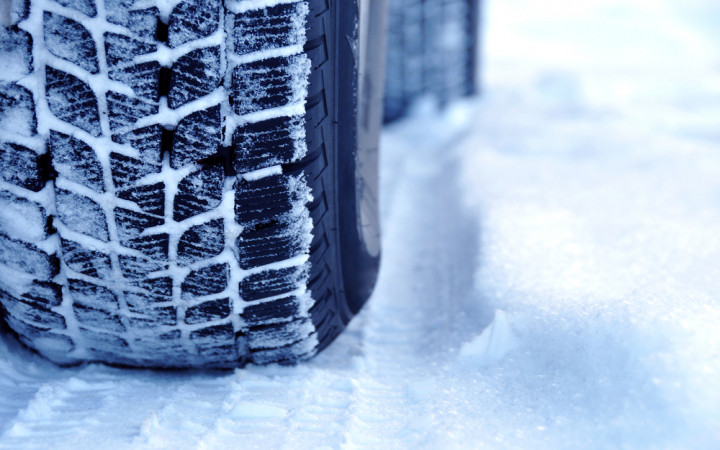Today’s Wonder of the Day was inspired by Leila from CT. Leila Wonders, “Why do tires have ridges?” Thanks for WONDERing with us, Leila!
Do you love it when it snows? Most kids do! There's nothing quite like waking up to an unexpected snow day. Of course, your parents — or anyone else who has to drive in the snow — might not be as excited as you are.
Why is that? If you've never driven a car, then you probably don't understand fully how difficult it can be to drive in ice and snow. When there's ice and snow on the ground, it's harder for your car's tires to grip the road. If you've ever gone for a car ride in the ice and snow, you may have felt the car slip and slide.
In many areas, highway workers will put salt or sand on the roads to help cars keep from slipping and sliding. There's something else that can help out a lot, too. What are we talking about? Snow tires, of course!
Snow tires — often called winter tires — are tires made with special rubber and unique features that make them safer for driving in icy or snowy conditions. If you live in an area that gets a lot of ice and snow in the winter, you may have heard your friends and family members talking about putting on snow tires when winter comes.
Many people use all-season tires on their cars throughout the year. All-season tires sound like they would be good in ALL seasons, right? But they're not the same as snow tires. They're designed to perform well in a variety of conditions, but not necessarily extreme winter conditions.
Snow tires are made especially for use in very cold temperatures and icy or snowy conditions. For example, they're made with a greater percentage of natural rubber and silica. This means that, when it gets really cold, snow tires won't get as hard as regular tires. The softness of the snow tires allows them to maintain better traction in cold or bad weather.
Snow tires also have unique tread patterns that help maintain better traction. For example, most snow tires have more small-tread areas. These small-tread areas increase traction on snow.
Small-tread areas also help water to escape from under the tire more easily in wet conditions. This reduces the risk of hydroplaning, which is what happens when the treads of your tires can't funnel enough water from under your tires. When this occurs, your tires may lose traction and slide along the top of the water like a water ski.




